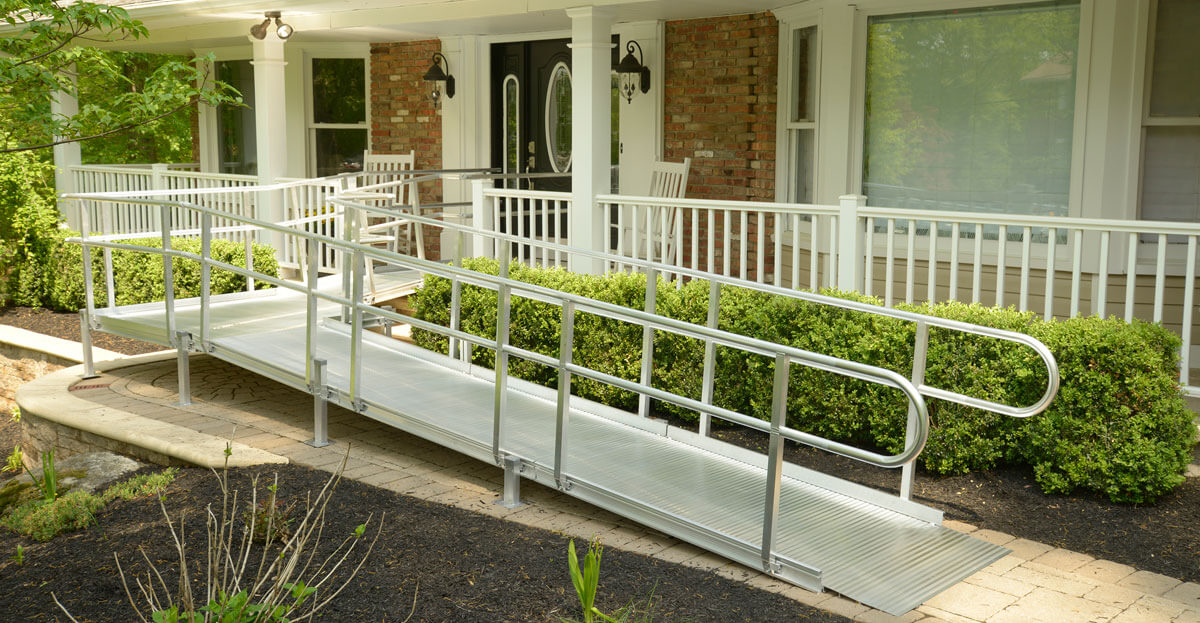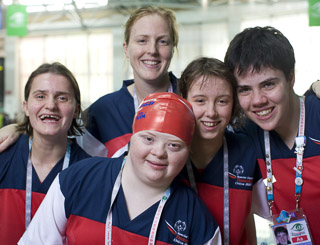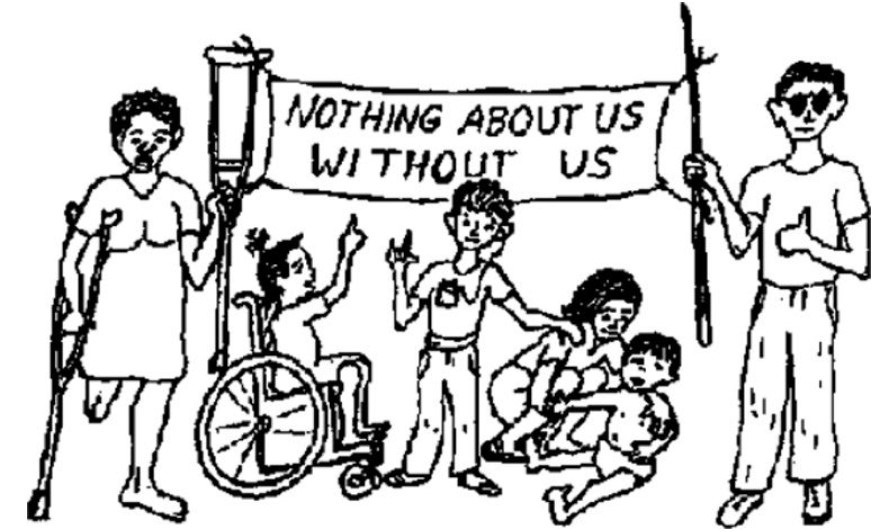Understanding Disability
Mick McQuaid and Madison Russell
2022-03-25
Let’s explore four things
- physical and sensory disabilities
- cognitive disabilities
- disability concepts
- disability experiences
But first, why do we care about these four things?
How do we think of disability?

- Do we think of situations?
- Do we think of medicine?
- Do we think of social constructs?
What viewpoint do we bring?

Physical and sensory disabilities

Motor impairments

Cognitive disabilities
such as those giving rise to some Special Olympics events, some of whose participants are pictured at right

Spectrum of abilities

Disability experiences

END
COLOPHON
This slideshow was produced with reveal.js using the moon theme.
pandoc was used to convert the source markdown to html.
The source can be found at the same URL as the presentation by
substituting index.md for index.html